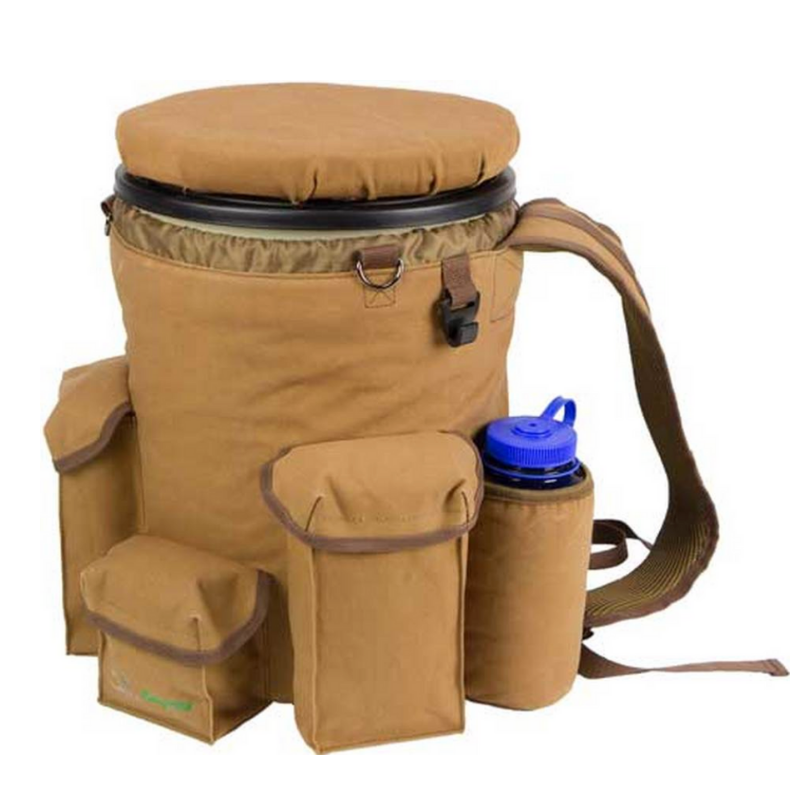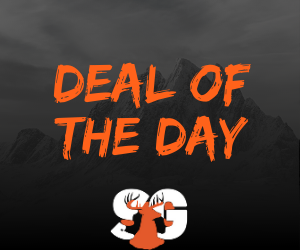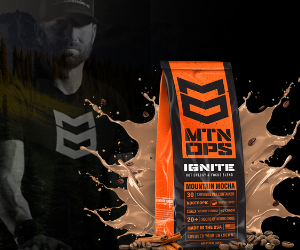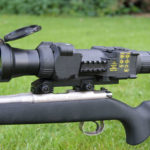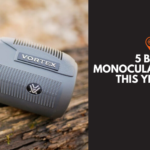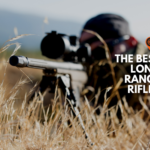Minks are one of the most sought-after animals among those in the trapping community for their prized pelts that are often used is some of the most fashionable clothing items found on today’s market. While minks only grow to be just over a pound to two pounds, their pelts are still very popular in many parts of the world.
Minks are highly adaptable animals that live in or near wetlands across much of the United States and Canada. Some minks can be found in areas of Mexico, but their range consists of much of the Eastern United States and parts of the upper northwest. They are very territorial animals and males will often fight over territory that offers prime habitat and food.
Minks are mostly carnivorous animals and mainly feed on fish, and many other animals that can typically be found around water sources. They often feast on young birds and bird eggs, as well as other, smaller minks.
They can be found almost always near water sources like lakes, rivers, or marshes that offer plenty of food options for these adaptable creatures. Sometimes they will venture off away from water sources, but for trapping, it is best to stick to areas very close to water in order to increase your chances of catching a mink.
How to Trap Minks 101
If you are new to mink trapping or need a refresher, we have put together a guide for you. From where to find minks to what traps you should be using, we are covering exactly how to trap minks.
A super easy and convenient way to carry trapping supplies out to the woods.
Where to find minks
Minks will stake their claim to long swaths of territory along the banks of creeks and lakes. Females will often claim smaller territories than their male counterparts, and can even be found to have territories inside that of a male’s claim. Males are sometimes tolerable toward females within their own territories or those who have territories bordering their own.
One of the reasons minks draw such a high price, aside from the quality of their pelt, is that they are extremely hard to trap in most cases. Trappers must really hone their skills in order to successfully trap mink on a regular basis.
Sometimes minks are caught by trappers who are actually targeting muskrats. Since both animal species use similar habitats and frequent the same areas, it is not uncommon to trap both mink and muskrat at the same time. Minks can be trapped using a bodygrip trap or foothold trap, and each type of trap may be better suited for different sets.
Related Article: Raccoon Trapping 101
Pocket Set
This is a common style of trap that might be familiar to anyone with any experience trapping muskrat. The pocket trap is also known to catch raccoons, but is mostly used for targeting minks.
Trappers will want to look for steep banks in order to successfully set a pocket set—the steeper the better in this case. You’ll want to use a small shovel in order to properly set this kind of trap.
Start by digging just slightly below the water level. You’ll want the bottom of the pocket to be just a few inches below the surface of the water. As you dig into the bank, you’ll want to dig at an upward angle so the back of the pocket will be a few inches out of the water. The pocket should be no more than about half a foot in diameter in order to draw the mink into the pocket.
Inside the pocket, you’ll want to place some kind of bait, but be sure this is a type of naturally occurring bait to this particular space because the mink will be very careful about approaching the pocket if it is something that the animal is unfamiliar with. Using a frog, muskrat, crawfish, or any kind of fish that can be found in the waterway is a good option. Trappers will also want to add a bit of mink bait to this trap using a wad of grass, or even a stick in the mud.
Your bodygrip or foothold trap should be placed just inside the opening to the pocket. You’ll also want to camouflage your trap using natural debris or grass found nearby. You’ll want to place your trap somewhat close to the water so the mink will be able to easily go into the water where it will drown quickly and reduce the animal’s suffering.
This is one of the best sets for mink trapping and may take a few tries in order to perfect the pocket set method.
Submerged Den Set
Any type of den that’s below the waterline on any type of waterway will usually attract a passing mink to inspect the opening and search for potential meals. Dens are typically places where smaller waterbound animals like crawfish, minnows and frogs will seek refuge during cold weather, or just to escape predators.
If you find a waterline den, try to located the bottom of the den as long as it isn’t too deep. You’ll want to set your foothold or bodygrip trap at the den’s entrance, but disguise it using mud or other naturally occurring debris.
A foothold trap will work, but a bodygrip trap is considered to be the best option for this method. Be sure to properly camouflage the bodygrip trap and possibly create a path into the den using sticks or rock and other debris.
Be sure to use the same kind of bait as the pocket set.
Related Article: Fox Trapping 101
Mink Trail Sets
Experienced trappers will know how to properly identify a mink’s tracks and will know where their trails are located. If you find a good mind trail that has fresh tracks in it, look for a small bottleneck area in the trail where you can place a small foothold trap.
Trappers often like to set these because no bait is needed. The best kind of trail traps are those that are commonly found underneath roots growing on the bank of a waterway. If you seek out enough of these near a mink’s habitat, you should be able to find ample pathways underneath these roots where minks are commonly found.
Related Article: Muskrat Trapping 101
And That is Mink Trapping 101
Happy trapping! Thank you for reading.

